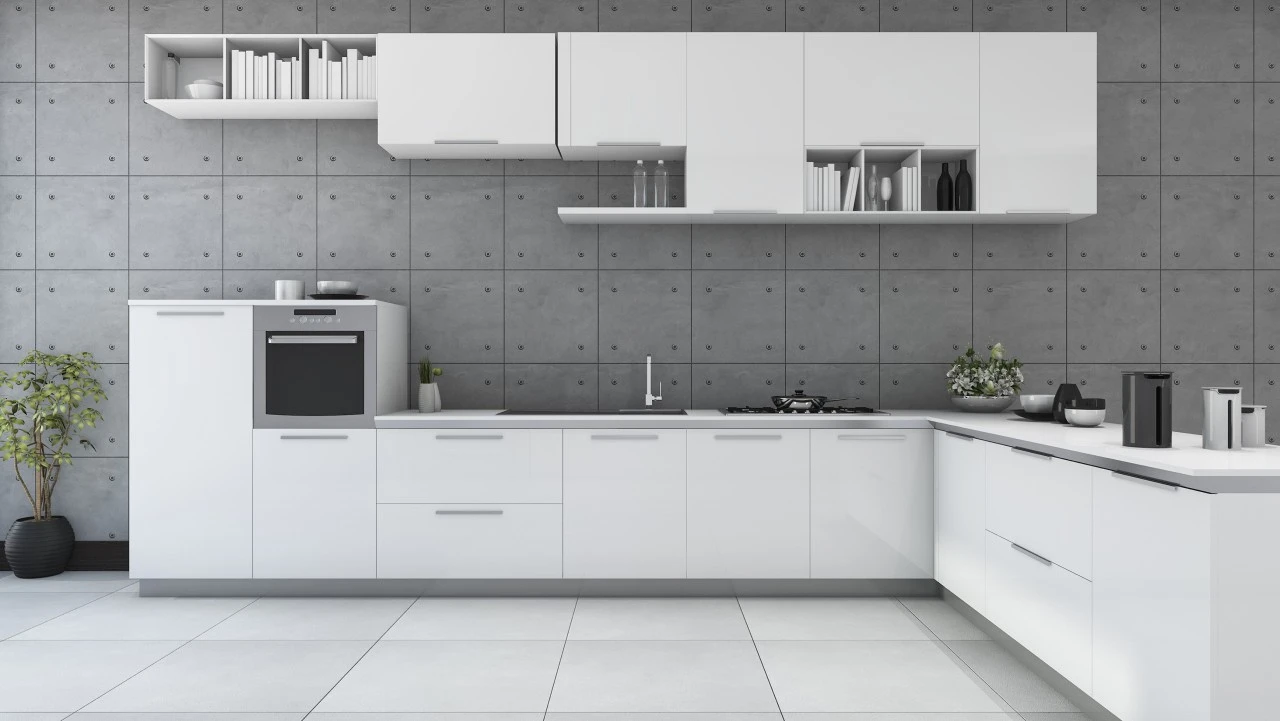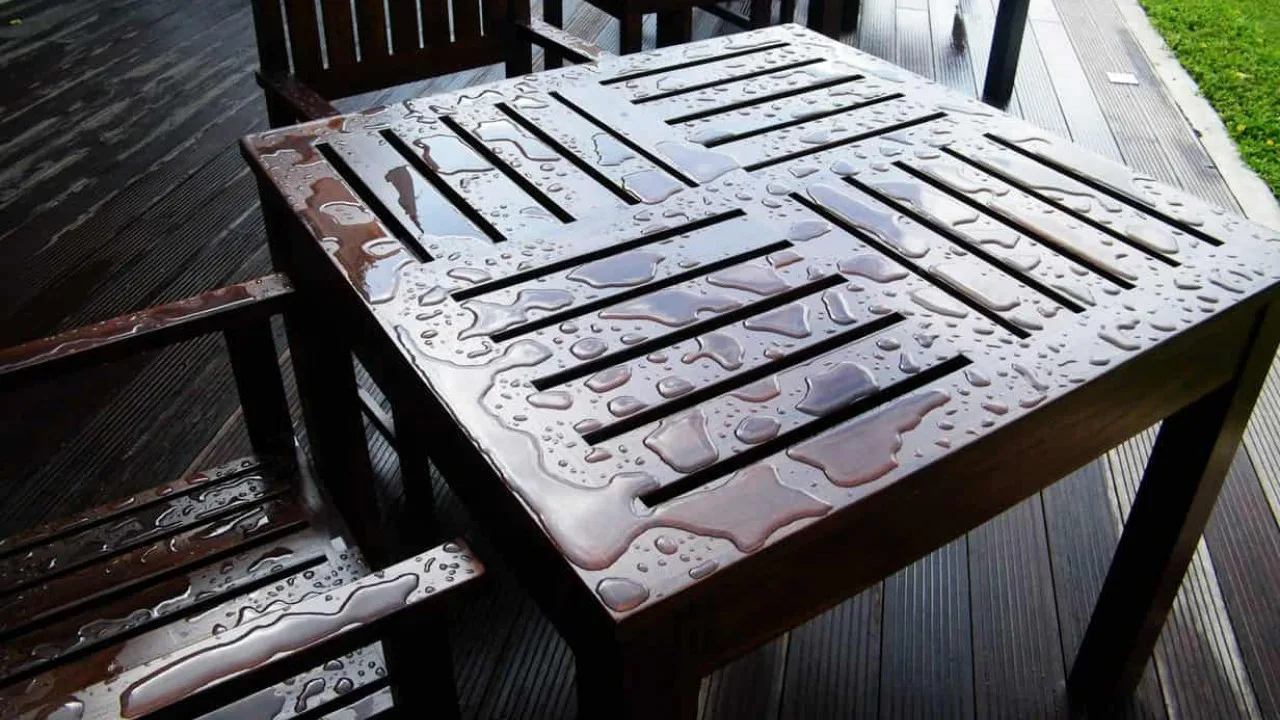Table of Contents
- Introduction to Exterior Cladding
- Key Factors to Consider When Choosing Cladding Material
- Durability and Weather Resistance
- Aesthetic Appeal
- Insulation and Energy Efficiency
- Maintenance Requirements
- Cost and Budget
- Popular Cladding Materials for Indian Homes
- Natural Stone Cladding
- Timber Cladding
- Vinyl Cladding
- Fiber Cement Cladding
- Metal Cladding
- How Goel World Provides High-Quality Cladding Solutions
- Conclusion
- FAQs about Choosing Cladding Materials
1. Introduction to Exterior Cladding
Exterior cladding is an essential element of home design, offering both protective and decorative benefits. It acts as a shield against weather conditions while enhancing the curb appeal of your home. With various cladding materials available, choosing the best option depends on factors like climate, maintenance, aesthetics, and budget. In this article, we’ll explore the key factors to consider when selecting exterior cladding for your home and introduce popular materials suitable for Indian homes. At Goel World, we offer premium cladding solutions to help you achieve the perfect exterior look for your home.
2. Key Factors to Consider When Choosing Cladding Material
Durability and Weather Resistance
One of the most important factors when choosing cladding material is its ability to withstand weather conditions. In India, homes are exposed to heavy rains, intense sunlight, and fluctuating temperatures, so you’ll need a durable material that offers protection against the elements. Materials like stone, fiber cement, and metal provide excellent durability and weather resistance, making them ideal for exterior cladding.
Aesthetic Appeal
The cladding material you choose significantly impacts the overall appearance of your home. Whether you want a natural, rustic look or a sleek, modern finish, cladding materials like timber, stone, or metal can help you achieve the desired aesthetic. Choose a material that complements your home’s architectural style and enhances its visual appeal.
Insulation and Energy Efficiency
Cladding also plays a role in improving your home’s insulation and energy efficiency. Some materials, like timber and fiber cement, offer better thermal insulation than others. Good insulation helps regulate indoor temperatures, reducing the need for heating or cooling and lowering energy bills. If energy efficiency is a priority, opt for cladding materials that provide effective insulation.
Maintenance Requirements
Different cladding materials require varying levels of maintenance. For example, timber cladding needs regular sealing and staining to protect it from moisture and UV damage, while materials like vinyl and fiber cement are low-maintenance options. Consider how much time and effort you’re willing to invest in maintaining your home’s exterior before selecting a cladding material.
Cost and Budget
Your budget is another important factor to consider when choosing cladding. Some materials, like natural stone and timber, can be more expensive due to their premium look and durability. On the other hand, materials like vinyl and fiber cement offer cost-effective solutions without compromising on appearance or performance. Balance your budget with the benefits and lifespan of the cladding material to make a practical choice.
3. Popular Cladding Materials for Indian Homes
1. Natural Stone Cladding
Natural stone cladding is a timeless and elegant option for home exteriors. Materials like granite, slate, and sandstone provide a durable, weather-resistant surface that adds texture and character to any home. Stone cladding blends well with both traditional and modern architectural styles, making it a popular choice in Indian homes. However, it can be more expensive and may require regular sealing to maintain its appearance.
- Best for: Luxurious, long-lasting exteriors.
- Key Benefits: Durability, natural beauty, and weather resistance.
- Maintenance: Requires periodic sealing to prevent moisture damage.
2. Timber Cladding
Timber cladding offers a warm, natural aesthetic and is perfect for homeowners who want to create a rustic or eco-friendly look. Commonly used woods include cedar, teak, and pine, all of which are treated to resist rot and insects. While timber cladding provides excellent insulation and a beautiful finish, it requires regular maintenance to protect it from weathering and UV damage.
- Best for: Eco-friendly, rustic designs.
- Key Benefits: Natural warmth, good insulation, and aesthetic appeal.
- Maintenance: Requires sealing, staining, and protection from moisture and sunlight.
3. Vinyl Cladding
Vinyl cladding is a cost-effective, low-maintenance option that’s available in a wide range of colors and textures. It’s lightweight, durable, and resistant to moisture, making it suitable for Indian climates. Vinyl cladding is also relatively easy to install, making it a popular choice for homeowners looking for an affordable, stylish exterior.
- Best for: Budget-friendly, low-maintenance exteriors.
- Key Benefits: Affordability, variety of styles, and moisture resistance.
- Maintenance: Requires minimal maintenance, occasional cleaning to remove dirt and grime.
4. Fiber Cement Cladding
Fiber cement cladding is a versatile option that offers the appearance of wood, stone, or brick without the high maintenance. It’s made from a blend of cement, sand, and cellulose fibers, providing a durable, fire-resistant, and moisture-resistant surface. Fiber cement cladding is ideal for homes in areas with extreme weather conditions and requires very little maintenance.
- Best for: Modern homes in extreme climates.
- Key Benefits: Durability, weather resistance, and low maintenance.
- Maintenance: Requires minimal upkeep, occasional cleaning and repainting.
5. Metal Cladding
Metal cladding, typically made from aluminum or steel, is known for its sleek, modern look and exceptional durability. It’s resistant to fire, rot, and pests, making it an excellent choice for homes in humid or high-risk areas. Metal cladding requires minimal maintenance and is available in a variety of finishes, allowing homeowners to achieve both industrial and contemporary aesthetics.
- Best for: Modern, industrial exteriors.
- Key Benefits: Durability, fire resistance, and low maintenance.
- Maintenance: Requires occasional cleaning to prevent rust or discoloration.
4. How Goel World Provides High-Quality Cladding Solutions
At Goel World, we offer a wide range of premium cladding materials that combine durability, aesthetics, and energy efficiency. Whether you prefer the timeless beauty of natural stone, the warmth of timber, or the sleek look of metal, our selection ensures that you’ll find the perfect cladding solution for your home’s exterior. With over 25 years of experience, our expert team provides personalized guidance to help you choose the best cladding materials based on your style preferences, budget, and maintenance requirements.
5. Conclusion
Choosing the right cladding material for your home’s exterior is crucial for both aesthetic and functional purposes. Whether you prioritize durability, energy efficiency, or maintenance, there are plenty of options available to meet your needs. From the natural elegance of stone and timber to the practicality of vinyl and fiber cement, selecting the best cladding material will enhance the curb appeal and protection of your home. At Goel World, we provide high-quality cladding materials and expert advice to help you create a beautiful, long-lasting exterior.
6. FAQs about Choosing Cladding Materials
Q1: Which cladding material is best for Indian weather conditions?
Fiber cement and natural stone are ideal for Indian climates due to their durability and resistance to weather conditions like heavy rain and heat.
Q2: How often do timber cladding materials need to be maintained?
Timber cladding requires regular maintenance, including sealing and staining every 2-3 years, to protect it from moisture and UV damage.
Q3: What is the most cost-effective cladding option?
Vinyl cladding is one of the most affordable cladding options, offering durability and a variety of design choices with minimal maintenance.
Q4: Can I use metal cladding in a coastal region?
Yes, metal cladding, especially aluminum, is a great option for coastal regions as it is resistant to rust, rot, and harsh weather conditions.
Q5: Where can I find premium cladding materials in Lucknow?
Goel World offers a wide range of premium cladding materials, including stone, timber, vinyl, and metal, to suit the unique needs of Indian homes.









